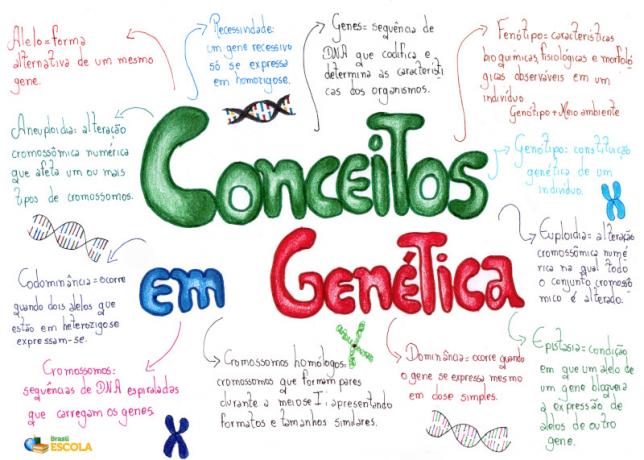Brazil is regionalized in several ways: in states of the federation and in regions (South, Southeast, Midwest, North and Northeast). There is also a more comprehensive regionalization, consisting of three macro-regions: the Amazon regional complex, the Northeast regional complex and the Center-South regional complex. For the elaboration of this classification or regionalization, the criterion used was the analysis of the economy, urbanization levels, quality of life and other social aspects.
Based on what was presented, let's analyze and learn a little about the specific aspects of the Center-South regional complex.
Composed of the states of Rio Grande do Sul, Santa Catarina and Paraná (Southern region), São Paulo, Rio de Janeiro, Espírito Santo, Minas Gerais (except for the the extreme north of Minas Gerais, which integrates the regional complex of the Northeast), in addition to the states of Goiás, Mato Grosso do Sul and the extreme south of Mato Grosso and Tocantins, the Center-South regional complex
occupies a prominent place in the country's economic, technological and industrial development. This macro-region covers 25% of the national territory and houses the majority of the population: approximately 68%. Thus, it has the largest absolute and relative population among all regional complexes.The Center-South regional complex it has a developed and diversified industrial park, with great productive dynamism. It houses large national, transnational and financial companies, has a large industrial production and an efficient transport network. In the Center-South, the highest incomes and the best Human Development Indexes in Brazil are registered.
By Eduardo de Freitas
Graduated in Geography
Brazil School Team
Source: Brazil School - https://brasilescola.uol.com.br/brasil/complexo-regional-centrosul.htm



